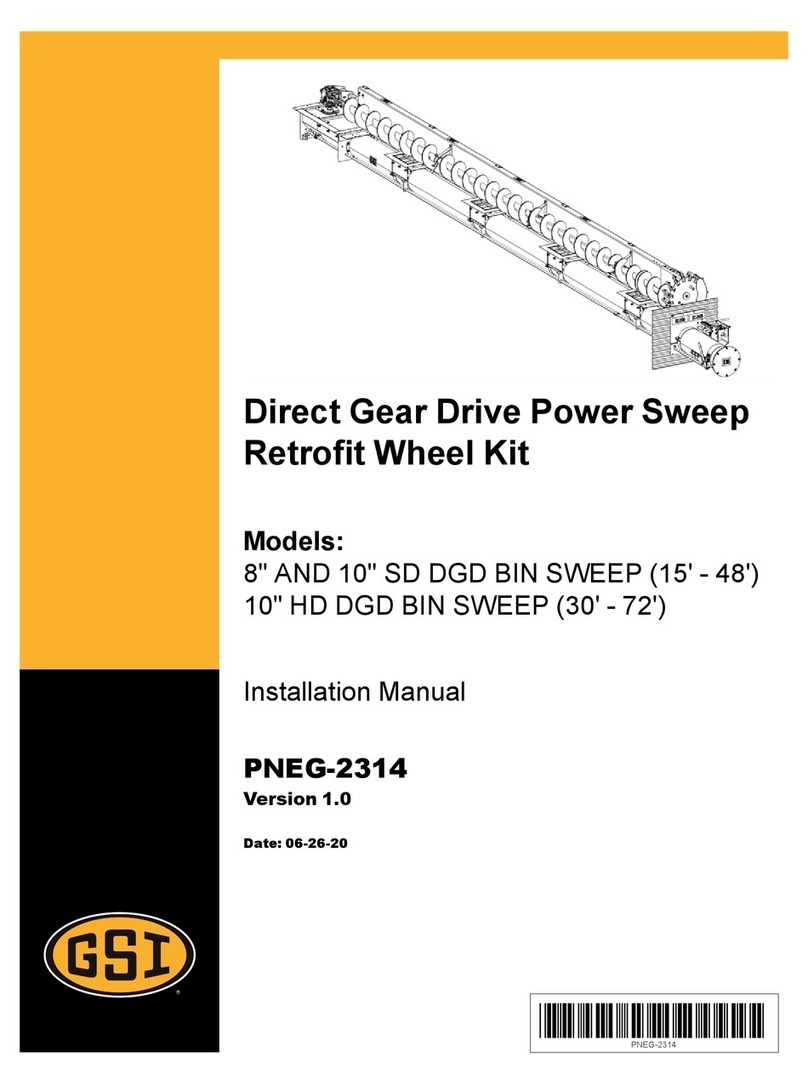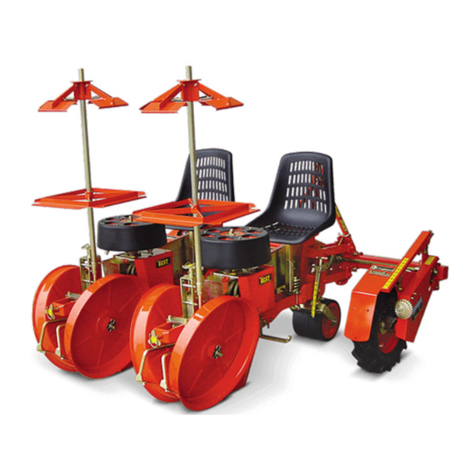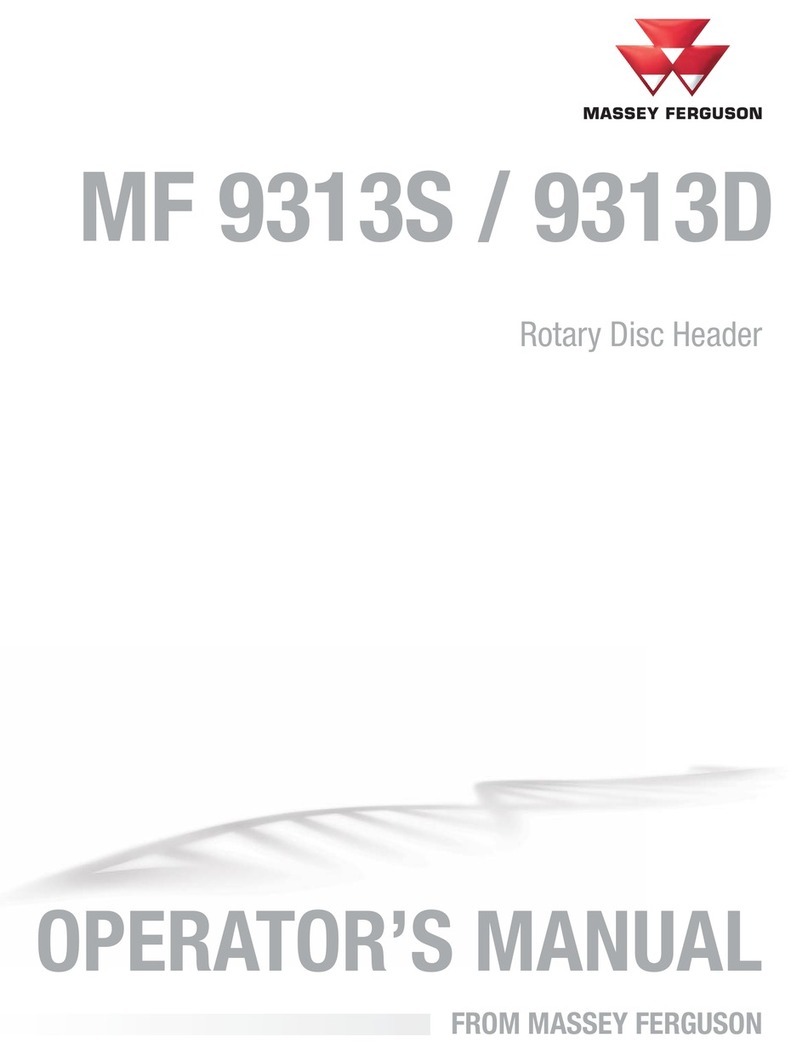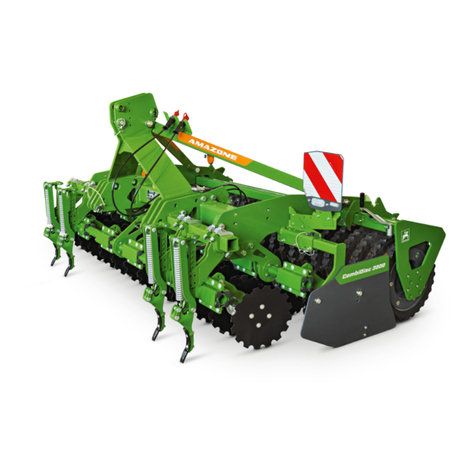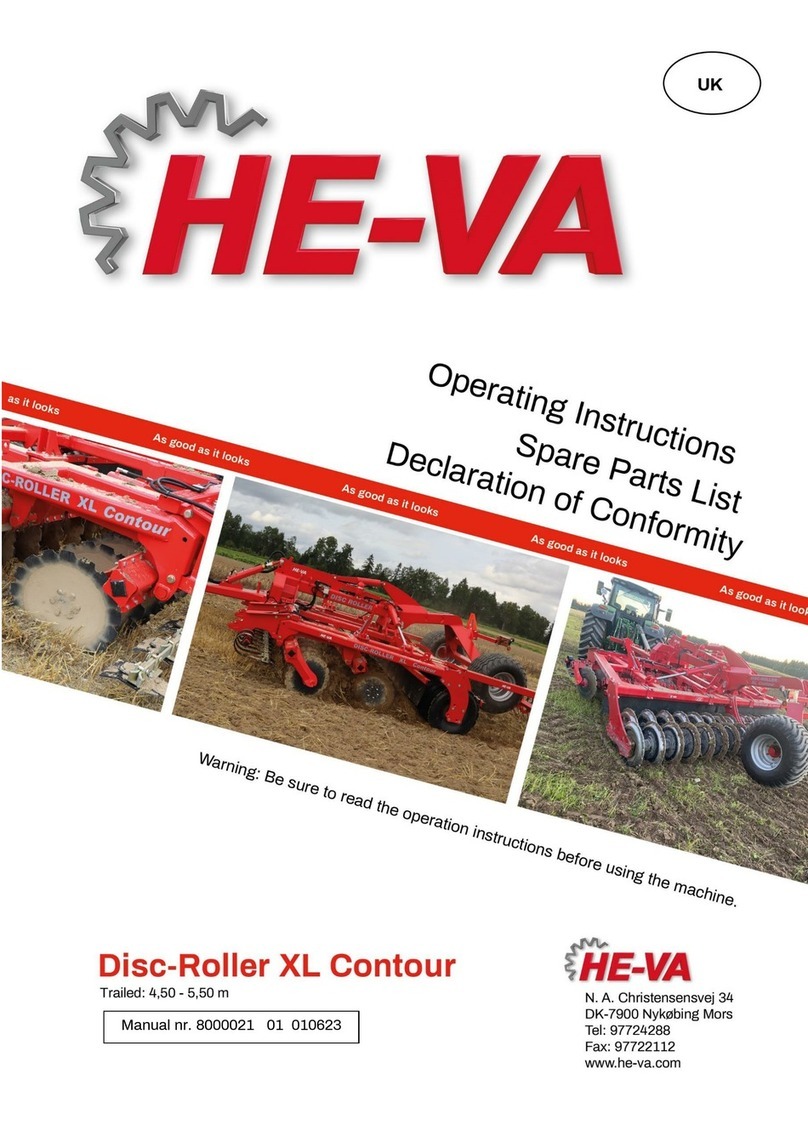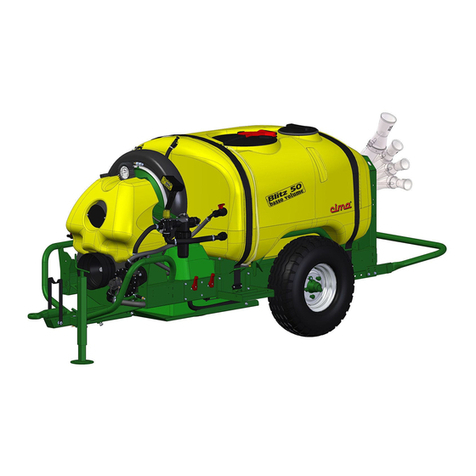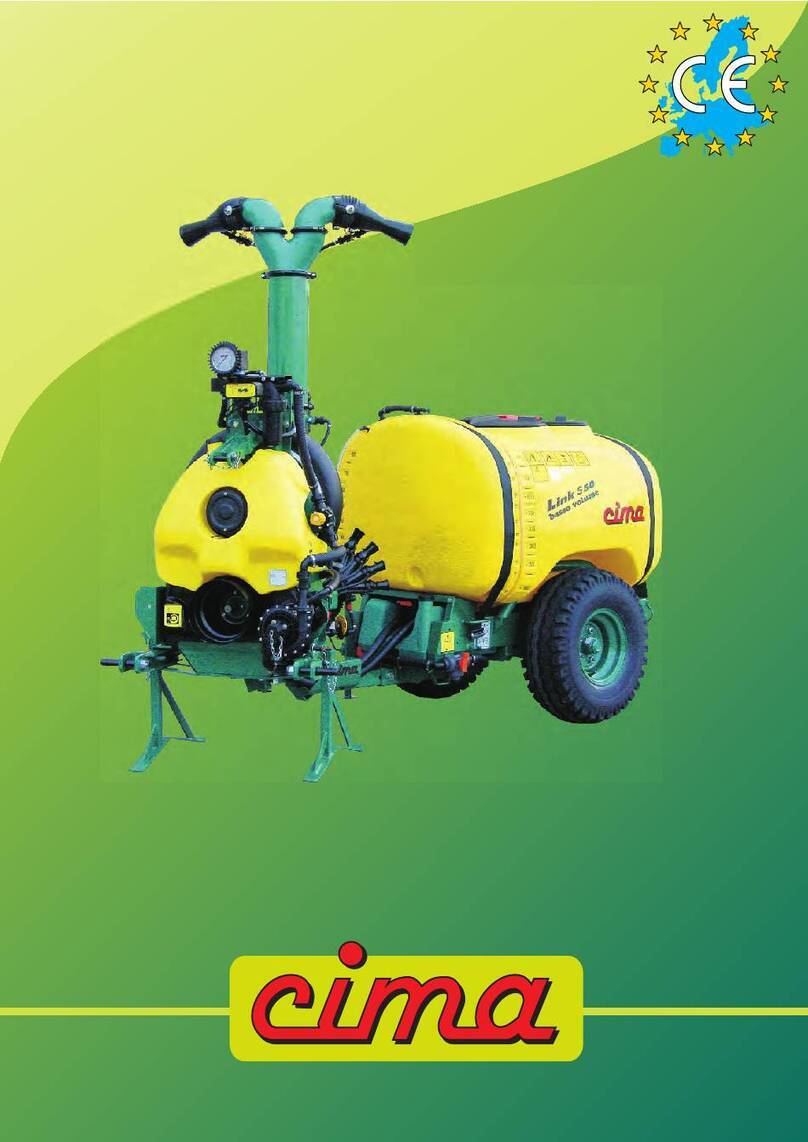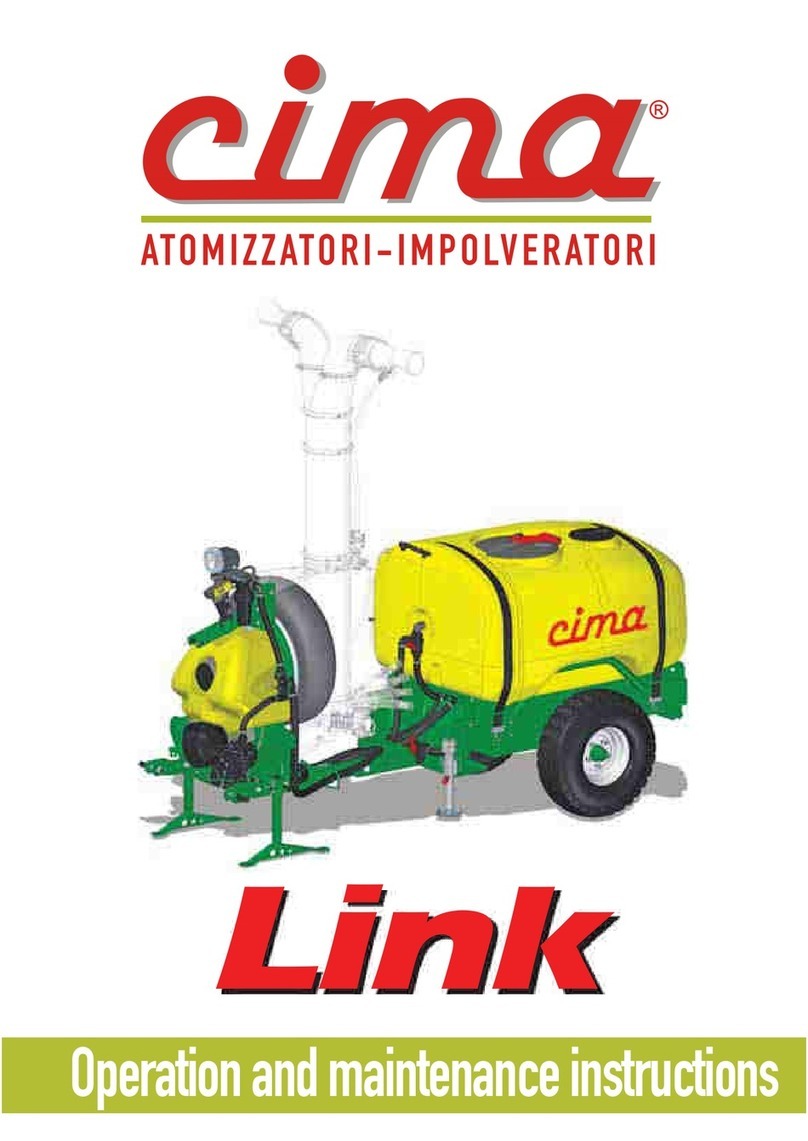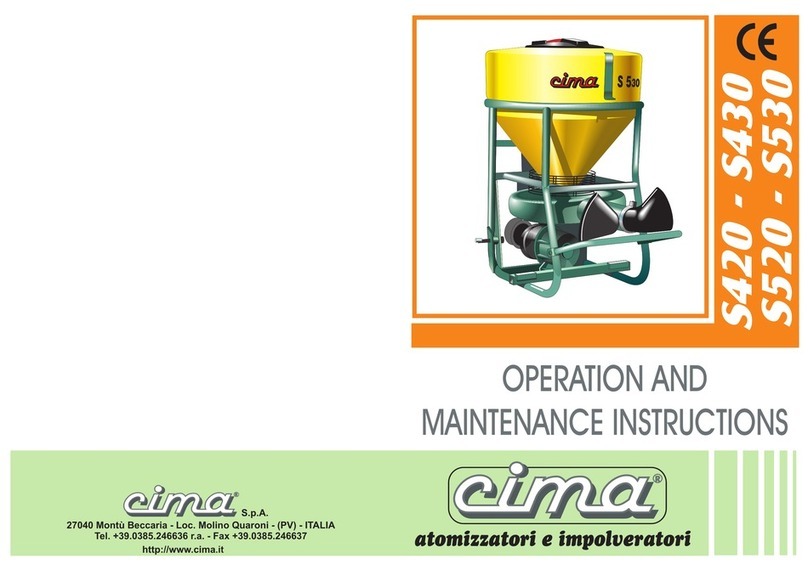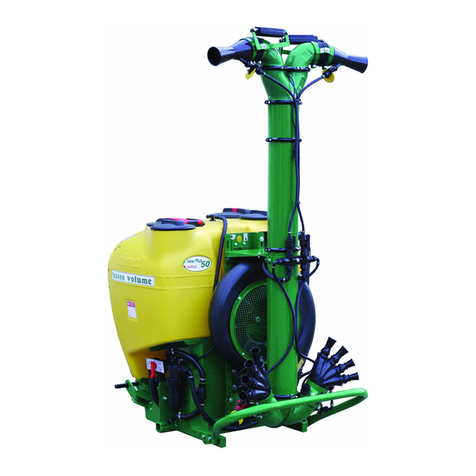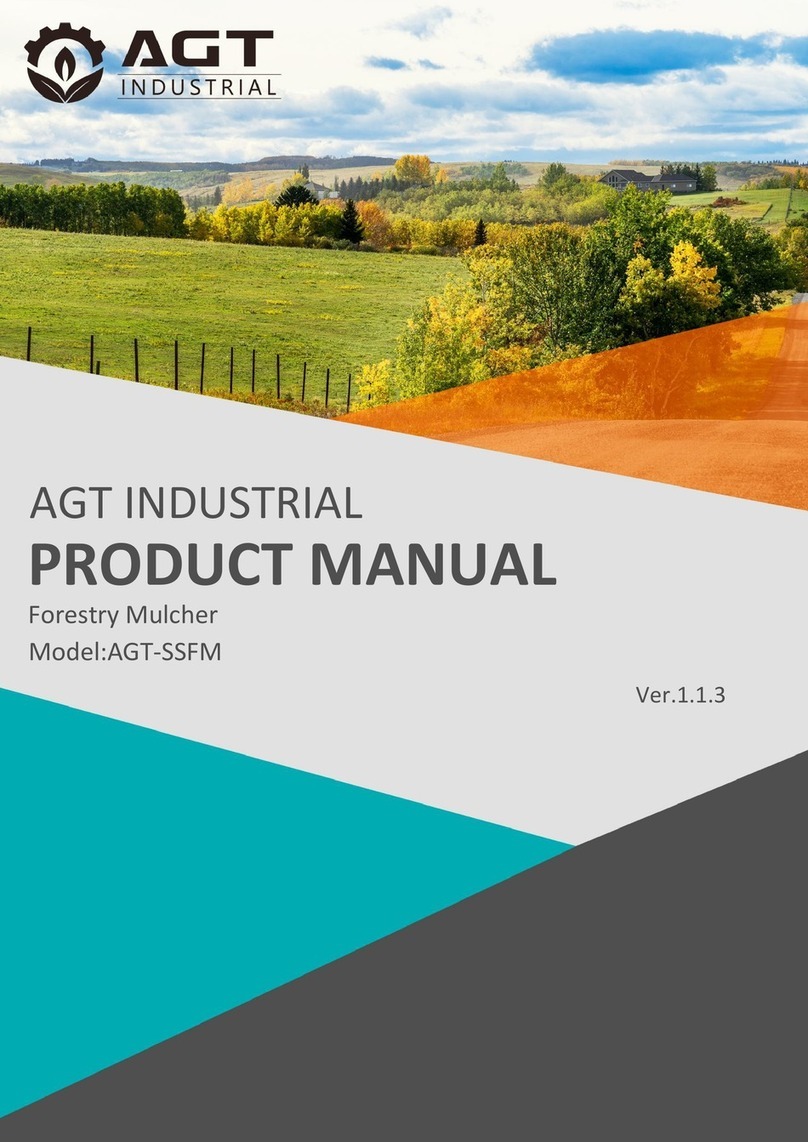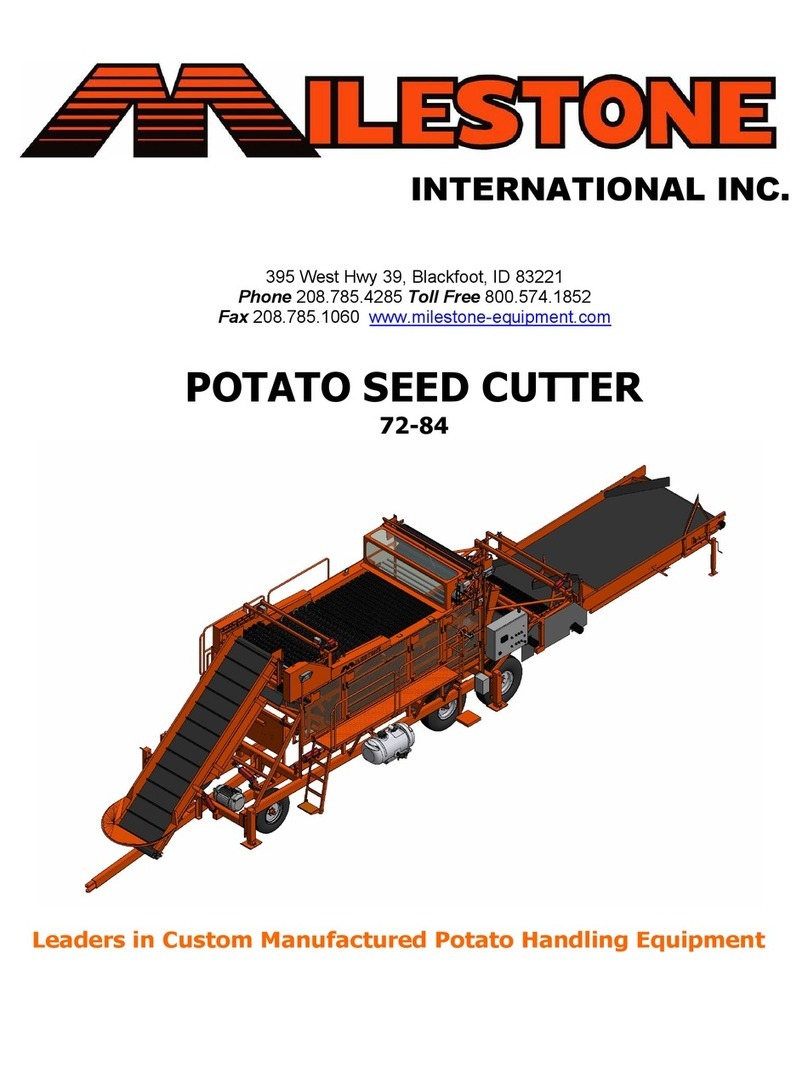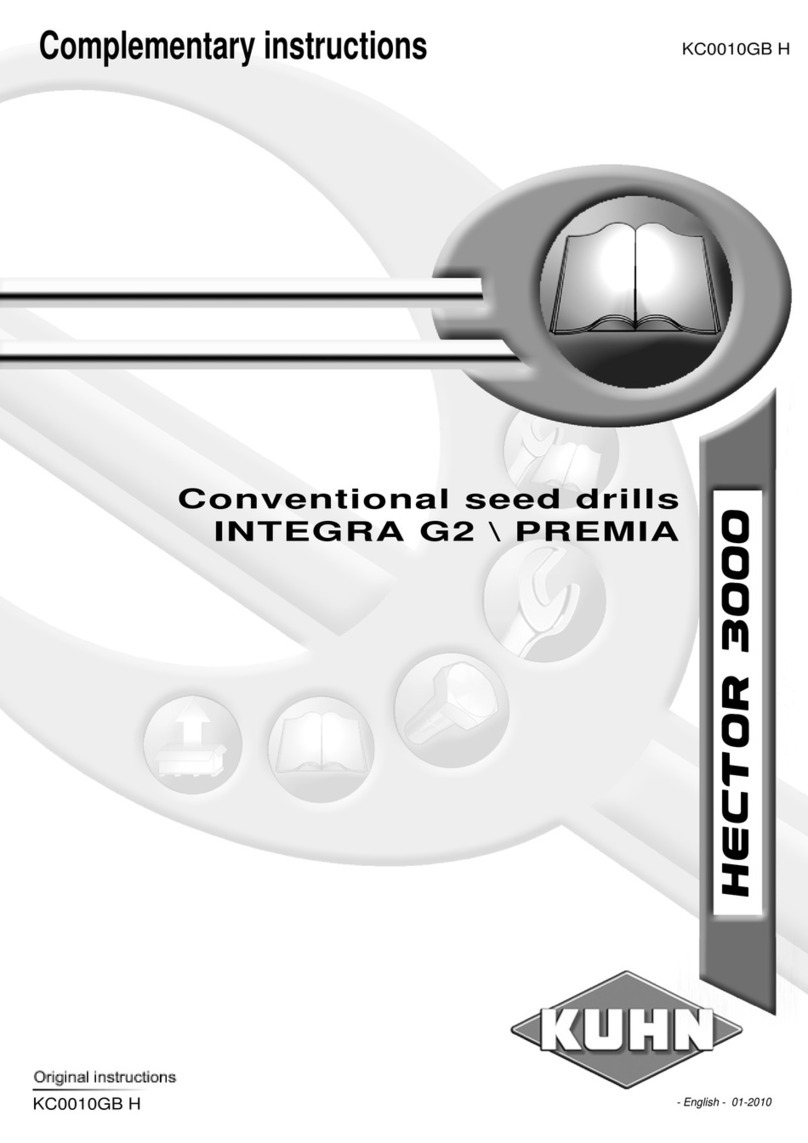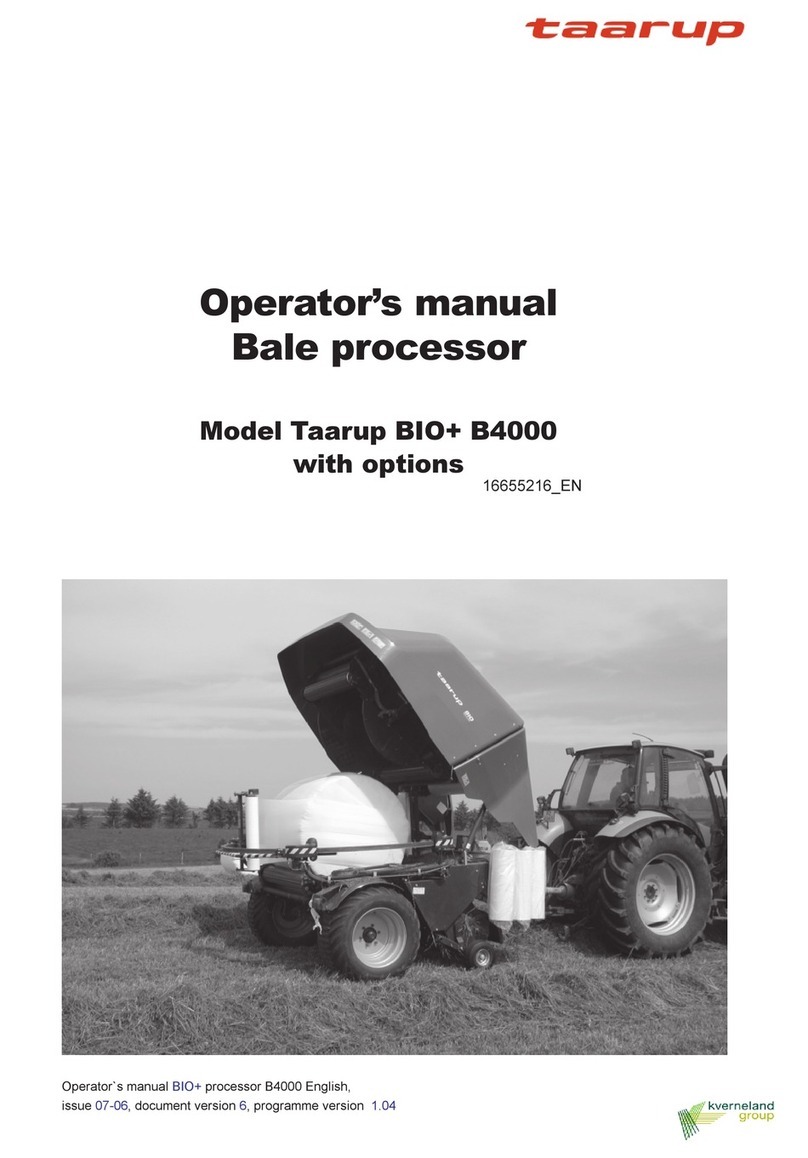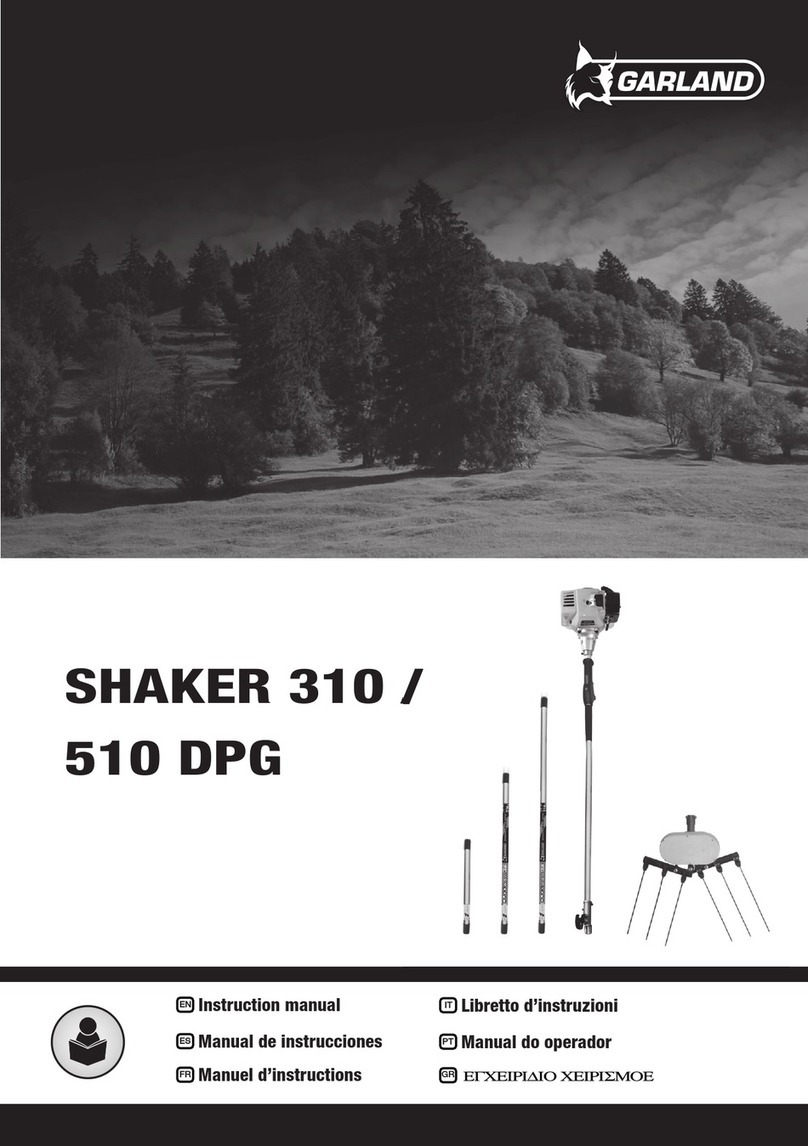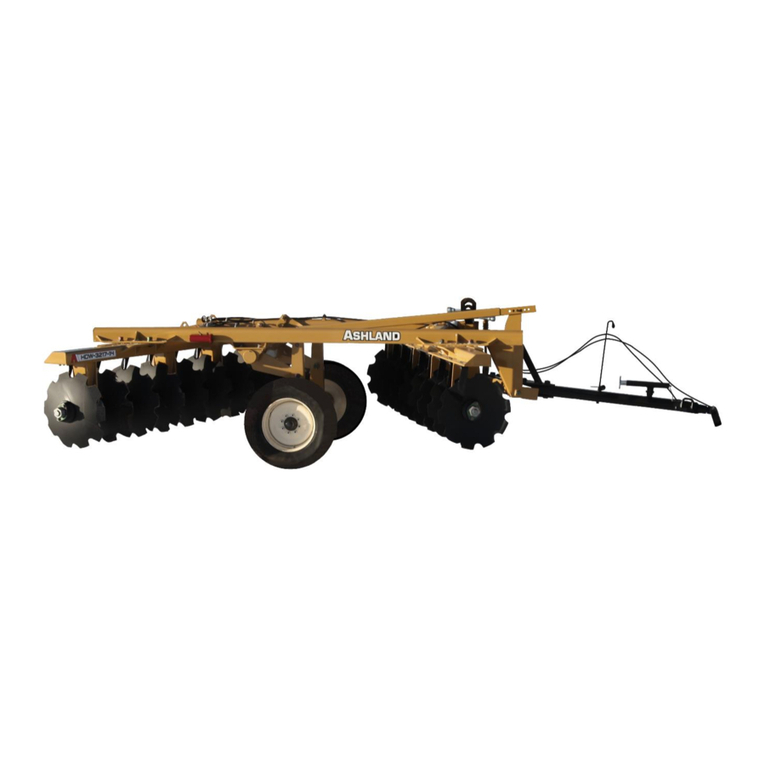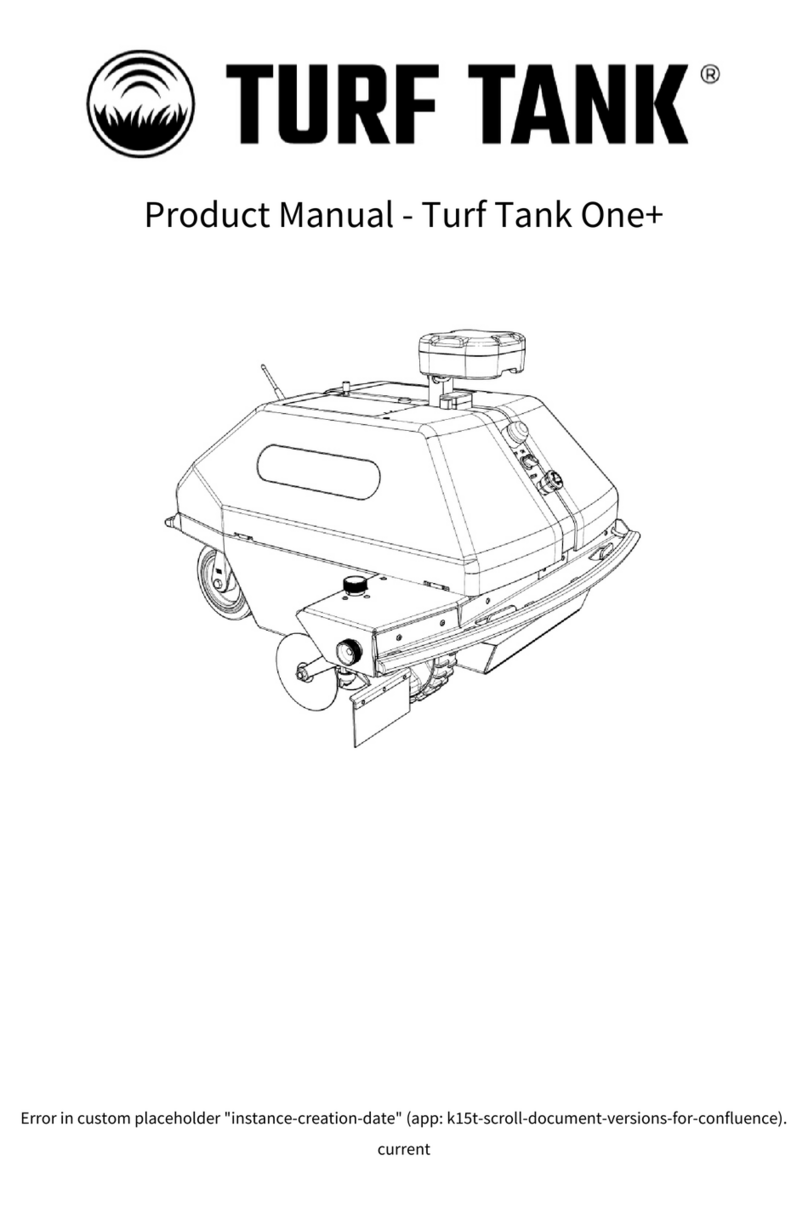
3
MAXI 600 3-1995
2.2 - ABBREVIATIONS
CV .......................................................................................................................................................... horsepower
dB(A) ............................................................................................................................................................. decibel
g/1' ......................................................................................................................................... revolutions per minute
kg .............................................................................................................................................................. kilograms
km ............................................................................................................................................................ kilometers
km/h ........................................................................................................................................... kilometers per hour
kW ................................................................................................................................................................ kilowatt
L qA ....................................................................................................................................... equivalent sound level
m................................................................................................................................................................... meters
m3/h ........................................................................................................................................ cubic meters per hour
mm.......................................................................................................................................................... millimeters
m/s .............................................................................................................................................. meters per second
PTO ..................................................................................................................................................... power takeoff
s................................................................................................................................................................... seconds
2.3 - WARNING ADHESIVES
On the machine, some warning adhesives, relevant to the safety and to the use-maintenance procedures, were applied.
Safety adhesives
1 - 95001 - STOP THE MOTOR AND REMOVE THE KEY FROM THE TRACTOR’S CONTROL BOARD,
BEFORECARRYINGOUTANYMAINTENANCE ORREPAIR OPERATION.
- These warning adhesives are positioned: one on the fan’s protection plastic guard and the other one
on the protection of the security clutch, which is situated on the left side, under the fan’s guard.
2 - 95002 - POSSIBLEDANGERCAUSED BYROTATINGGEARS.BEFORELIFTING THECOVER,STOPTHE
TRACTORANDREMOVE THEKEYFROM THECONTROLBOARD.
- Warning adhesive positioned on and under the tank’s cover.
3 - 95005 - POSSIBLE DANGER CAUSED BY ROTATING GEARS. BEFORE REMOVING THE PROTEC-
TIONS, STOP THE TRACTOR, REMOVE THE KEY FROM THE CONTROL BOARD AND MAKE
SURETHATTHE ROTATING GEARSHAVE STOPPED.
- Adhesive frontally positioned on the tank, near the fan’s guard.
4 - 95010 - MAXIMUM WORKING SPEED OF THE POWER TAKEOFF: 540 REVOLUTIONS PER MINUTE.
- Adhesive positioned at the side of the PTO protection guard.
5 - 95007 - POSSIBLEDANGER OF SPRAYS,KEEPAT SAFETYDISTANCE.
- Adhesive positioned on the tank’s rear side.
6 - 95006 - CAUTION, CONSULT THE USE AND MAINTENANCE MANUAL, BEFORE OPERATING THE
MACHINEORUNDERTAKING ANYINTERVENTION ON IT.
- Adhesive positioned on the tank’s front part, at the fan’s guard side.
7 - 95059 - HITCH POINT FOR THE UNIT’S HOISTING.
- Adhesives positioned: one frontally, on the fan’s support, and two rearly, on the frame’s sides.
8 - 95055 - CAUTION:THE DUSTERISN’THOMOLOGATED FOR CIRCULATINGON THE ROAD.
- Adhesive positioned on the tank’s front part, at the fan’s guard side.
34
MAXI 600 3-1995
12 TROUBLESHOOTING 12
A. TROUBLE: Vibration of the fan unit
1st CAUSE Dirty fan.
REMEDY: Clean it. As far as the series P55DE and S, contact the Cima spa customers’ technical service.
2nd CAUSE The 2 power takeoffs aren’t aligned or they aren’t parallely positioned.
REMEDY: Correctly position the 2 PTO.
B. TROUBLE: Abnormal and continuous noise, accompanied by vibrations
of the fan unit
1st CAUSE Breaking of the fan shaft’s bearings.
REMEDY: Contact the Cima spa customers’ technical service.
C.TROUBLE: More abundant delivery on one side:
1st CAUSE The humidity’s and temperature’s environmental conditions don’t allow a perfect and uniform dust-
air mixture.
REMEDY: Modify the position of the balance tab inside the tunnel. This operation is carried out, by
disassembling the distribution head and by acting on the tab’s clamping nut.
2nd
CAUSE The balance tab is uncorrectly positioned.
REMEDY: As for point 1.
D.TROUBLE: Insufficient delivery:
1st CAUSE The distribution’s triangular opening is dirty.
REMEDY: Contact a Cima spa. assistance point
2nd CAUSE The lock-gate can only partially be opened.
REMEDY: Contact a Cima spa. assistance point
3rd CAUSE The Venturi pipe is obstructed.
REMEDY: Clean it.
E.TROUBLE: The dust’s delivery is missing:
1st CAUSE The feeding opening is obstructed.
REMEDY: Contact a Cima spa assistance point.
2nd CAUSE The lock-gate is closed and locked.
REMEDY: Contact a Cima spa assistance point.
3rd CAUSE The chain is broken.
REMEDY: Contact a Cima spa assistance point.
4th CAUSE The clutch slips.
REMEDY: Contact a Cima spa assistance point.
5th CAUSE The Belleville washers are broken.
REMEDY: Contact a Cima spa assistance point.
F. TROUBLE: Noise caused by the chain’s jump:
1st CAUSE The chains are not sufficiently stretched.
REMEDY: Restore the chains’ tension.
2nd CAUSE The chain’s tightener is broken.
REMEDY: Replace the spring.
3rd CAUSE The tightener pawl is broken.
REMEDY: Replace the pawl.
